Stefanie Lang has been the first director of the Legacy Landscapes Fund (LLF) since its establishment in 2021. The internationally experienced conservationist spoke to KfW Stories about the dramatic loss of species and why the new fund can play an important role in solving the biodiversity crisis.
About the person
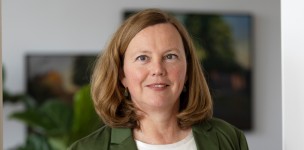
Stefanie Lang has been active in international cooperation and conservation for over 25 years. An anthropologist by training, she spent a large part of her career abroad in countries like Jordan, Ethiopia, Tanzania, Laos, Myanmar, Latvia, Russia and Belgium (EU in Brussels). Most recently she spent several years working for the WWF. She took up her position as Executive Director of the Legacy Landscapes Fund on 1 April 2021. She is enthusiastic about her new tasks and wants to invest all her energy in making this fund a success.
Ms Lang, how serious is the situation? How fast and how far are we losing biodiversity?
Stefanie Lang: The situation is very serious. We are losing species at a breath-taking pace; faster and more dramatically than ever before in human history. On average, one species becomes extinct every eleven minutes, more than 100 each day. We have been observing the threat to large mammals like polar bears, tigers or primates for a long time, but we risk losing many other species as well. For example, we are also losing moose, tree species, birds and insects. Both of the latter are important pollinators and essential for global food production. So preserving biodiversity has become an issue of human survival. That is why we need to reverse the trend.
Is the coronavirus pandemic perhaps the most visible confirmation of what you have just told us?
You could say that, yes. Because the outbreak of the pandemic is also a result of our exploitation of nature throughout the world, and of the increasingly smaller space we leave for unspoiled nature. We are actually facing three crises simultaneously: we need to deal with climate change and all of its effects while continuing to combat global warming, we need to contain and ideally prevent pandemics, and we need to halt the massive loss of biodiversity.
Biodiversity in Bolivia
(Source: KfW Group/Christian Chua/Thomas Schuch)
Otherwise we might face one pandemic after another?
It has become clear that 70 per cent of all emerging infectious diseases like Ebola, Zika, influenza or HIV/AIDS are zoonoses. These are diseases that can jump from animals to humans and vice versa. According to the World Biodiversity Council, there are around 1.7 million undetected viruses in mammals and birds, and a significant percentage of them could possibly jump to humans. The more intact ecosystems are destroyed, the closer we come into contact with these pathogens, which increases the likelihood of transmission. This risk is real. And we have painfully experienced what that means over the last one and a half years. So it is vital that we avoid further intruding on nature, clearing forests, exploiting ecosystems and destroying habitats.
And how are climate change and biodiversity related?
Rich biodiversity is an important means of slowing global warming as environments like forests or moors sequester greenhouse gases, for example. Inversely, climate change accelerates species loss by drying out rivers or endangering habitats of animal species that are unable to adjust to higher temperatures. The two are inextricably linked, which is why it is so important that we make efforts in both areas. The Paris Agreement has already made some progress in the area of climate action, but we still have a lot of work to do when it comes to implementation. We still lack correspondingly ambitious goals in the area of biodiversity conservation, let alone implementation.
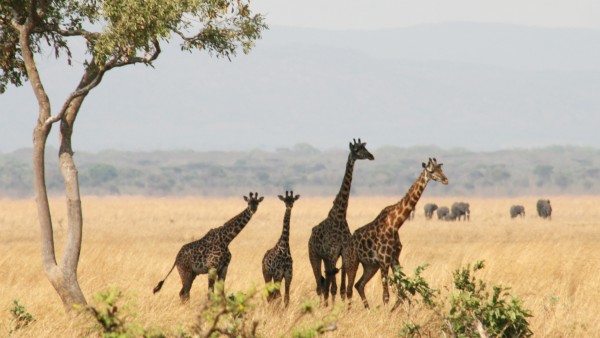
Girafs in Katavi national park, Tanzania
And how are climate change and biodiversity related?
Rich biodiversity is an important means of slowing global warming as environments like forests or moors sequester greenhouse gases, for example. Inversely, climate change accelerates species loss by drying out rivers or endangering habitats of animal species that are unable to adjust to higher temperatures. The two are inextricably linked, which is why it is so important that we make efforts in both areas. The Paris Agreement has already made some progress in the area of climate action, but we still have a lot of work to do when it comes to implementation. We still lack correspondingly ambitious goals in the area of biodiversity conservation, let alone implementation.
In your opinion, what needs to happen to stop the loss of biodiversity? Is this even something we can still achieve?
We can definitely take action to counteract it because we humans are the main driver of species loss. One important element is well managed conservation areas that truly protect nature instead of just existing on paper. However, the dilemma lies in the fact that around 80 per cent of our biodiversity is concentrated on 20 per cent of the Earth’s surface. The places we call biodiversity hotspots are typically found in poorer countries where funds are limited, especially in the age of coronavirus. In these places, conservation efforts have to compete for funds with many other urgent challenges – education, health, food supply, to name just a few. These countries need support for their conservation areas.
But aren’t there already funds dedicated to this?
At the moment, only around 20 per cent of the world’s funds flow into conservation in developing countries. That is not enough especially since we need to significantly increase conservation areas. At present, around 16 per cent of terrestrial areas and around 8 per cent of marine areas are protected. That is not enough to reverse the trend. According to scientists, we would need to protect 30 per cent of terrestrial areas and 30 per cent of marine areas by 2030, in other words, within the next nine years. This is why the international community is currently discussing what is known as the 30x30 plan, which calls for protecting 30 per cent of the Earth with conservation areas by 2030. We will find out if we can drum up the necessary support after the next Conference of the Parties in November in Kunming, China. Germany is working towards this goal, but a global movement is what is needed.
What should conservation areas look like in order to satisfy your aspirations?
Conservation areas function when they have sufficient funds, well thought-out concepts, clear goals and a broad partnership with the local population. Potential conflicts of interest between use and conservation need to be carefully analysed and painstakingly balanced. Conservation can only work when people support it, not when the protection efforts adversely affect them. In many cases, local, sometimes indigenous populations are most familiar with nature; they have sustainable use concepts that have existed for hundreds of years. So protected areas and their local populations need joint support. That is our aspiration at the Legacy Landscapes Fund.
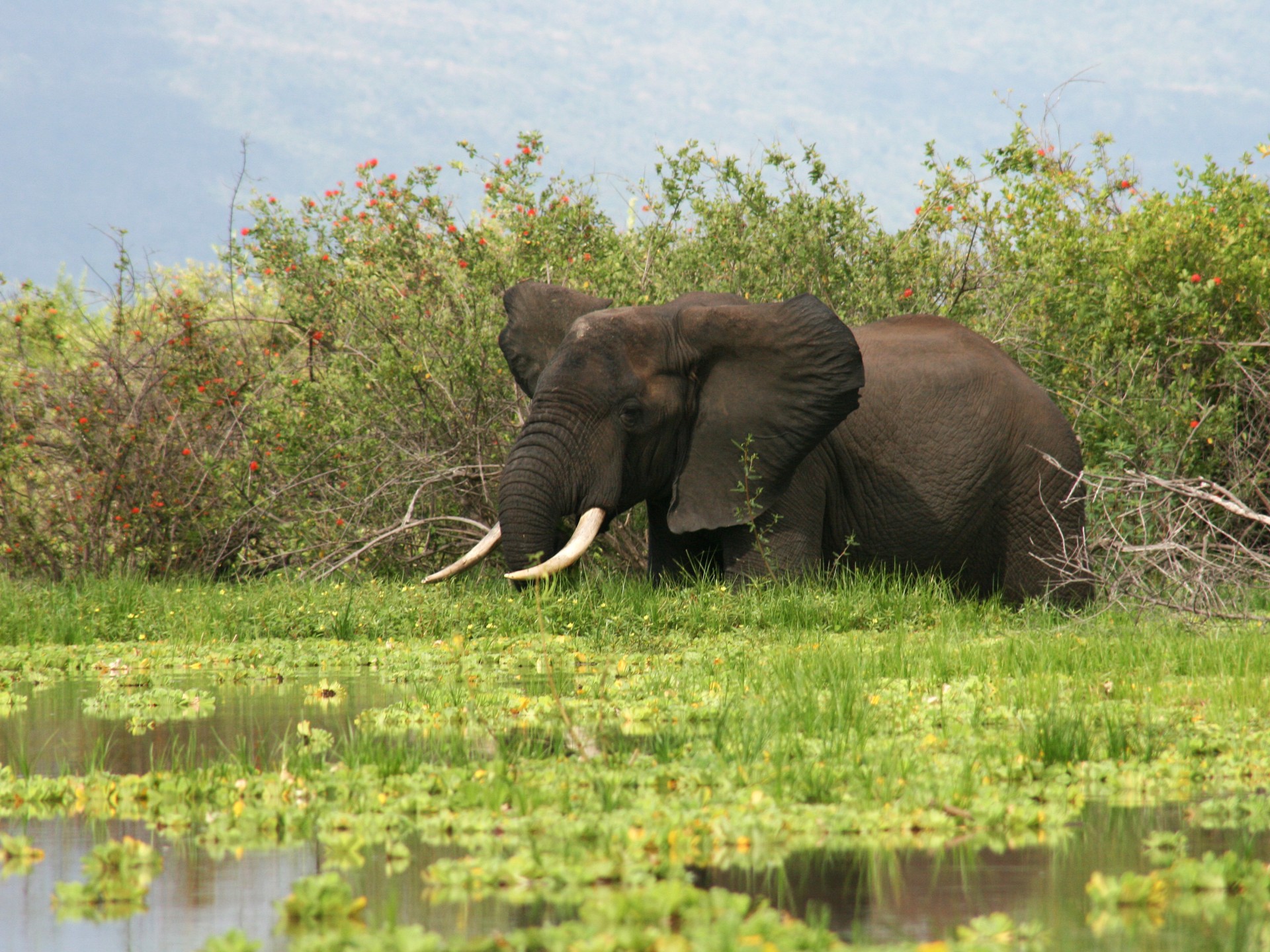
Elephant in Selous national park, Tanzania
The fund was established two years and you have been in office since 1 April 2021. What is special about this fund?
That its approach is partner-based. Just as we want to connect nature and people, we also want to bring all relevant conservation actors together. The financial instruments we are already familiar with have either been government entities like the United Nations’ Global Environment Facility (GEF) and the Green Climate Fund. Or there are private donors like the Rockefeller Foundation. But we have lacked a combination. Public donors like Germany, France and the UNESCO World Heritage secretariat support the LLF, as do private companies and charitable trusts. NGOs also closely cooperate with the fund. This is unique.
Why exactly is that important? The individual donors could just pursue the same goals, could they not?
It is important for various reasons, including financial and conceptional considerations. Firstly, it has since become perfectly clear that government donors cannot finance biodiversity conservation alone. We also need private funds to achieve this end. We refer to a funding gap here, the size of which depends on the calculation model, but whatever the size, it needs to be filled. The Legacy Landscapes Fund can help to fill this gap by offering governments the opportunity to fulfil their international conservation commitments by using private funds. We provide the means to invest the funds sustainably and efficiently.
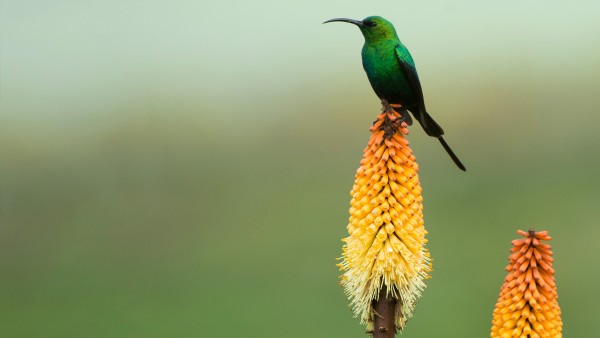
Malachite sunbird in the Bale Mountains National Park in Ethiopia
What is the volume of the fund?
At the moment we currently have a volume close to 90 million euros; a little more than 80 million are from the German Federal Ministry for Economic Cooperation and Development (BMZ) via KfW, the rest from the Gordon and Betty Moore Foundation. We are currently involved in discussions with other countries, philanthropists and companies. That gives us reason to be very hopeful that we can count on more funding in the near future that will go far beyond what KfW has already contributed on behalf of the Federal Republic of Germany.
Can you already predict how it will develop in the coming years?
I think it is quite realistic to estimate that we will achieve 150 million euros within the next year, and that it could grow proportionally after that. In principle, there is no upward limit. Our goal is to create a billion-dollar endowment fund. Then the LLF would be among the largest and most important conservation foundations in the world. We want to support 30 conservation areas over a period of at least 15 years, each with one million euros per year, for a total of at least 60,000 square kilometres. That equals an area twice as large as Belgium. Funds are an important factor here, but the LLF goes far beyond just finance.
What else does it do? What else would you like to achieve?
In my view, if we were to simply invest in size, we would squander a huge opportunity. Because the combination of various actors also facilitates discussions about the best ways to preserve biodiversity and the status of conservation areas. We can cooperate quite differently, learn together, find solutions, pool knowledge and try to share and relay these best practices. So we need both: size, simply because it is important to sustainably protect more area, but we also need to share what we learn, disseminate knowledge and develop a culture of community, of pulling together. If we can achieve this, then the LLF will become a truly relevant instrument. Then we will achieve a new dimension in conservation. And that is precisely our objective.
A sort of knowledge broker in conservation?
That’s right. Developing local solutions with local populations, seeing what works, and adding that to the international debate. That is how I view the LLF’s mission. We want to be a learning organisation.
Are you concerned that private actors might use the LLF for “green washing”?
We are currently working on a meticulous process for appraising companies that want to invest in the LLF, known as a due diligence process. It is important that we are clear and transparent here. Then we can avoid green washing.
The fund has been established and will be introduced to the general public in the next few days. What’s next?
Apart from the fact that we still have a lot of practical work that needs to be done to develop the fund – finding an office, hiring staff – the primary task will be in the pilot areas where we will begin our work. We are currently assessing seven candidates on three continents: four in Africa, two in Asia and one in Latin America. They are the Central Cardamom Mountains National Park in Cambodia, Gunung Leuser National Park in Indonesia, Odzala-Kokuoa National Park in DR Congo, North Luangwa National Park in Zambia, Geonarezhou National Park in Zimbabwe, Iona National Park in Angola and Madidi National Park in Bolivia. Then we will put out a public invitation to tender so that further conservation areas can submit applications, probably at the beginning of next year. Work is now progressing quickly.
The LLF was established based on a German initiative. Doesn’t the fund need to become more international to achieve the goals you describe?
Absolutely. The impetus came from Germany. That was a terrific first step. The Federal Ministry for Economic Cooperation and Development (BMZ) and KfW boldly pushed the project forward. But to be successful in the long term, the fund needs to be built on a broad foundation – to grow into a global instrument.
How does this task appeal to you on a personal level?
For me, this position at the LLF is a dream job, a once-in-a-lifetime opportunity. I have been active in conservation for over 20 years and can contribute a great deal to our work through the experience I’ve collected, primarily abroad. So setting up a new, promising fund is extremely exciting for me. But beyond my personal ambition, I am also absolutely convinced of the partner-based concept. I believe we can use it to set new standards. And we are in very urgent need of those. Because, by now, there is no doubt that humanity will only have a future if we stop living at nature’s expense. The LLF can and will make a difference here.
Published on KfW Stories on 19 May 2021, updated on 22 May 2023
The described project contributes to the following United Nationsʼ Sustainable Development Goals
Goal 15: Sustainably manage forests, combat desertification, halt and reverse land degradation, halt biodiversity loss
Biodiversity loss is increasing, and with it, the basis of our lives is being rapidly destroyed. According to estimates, 60 per cent of the worldʼs ecosystems have declined or are not used sustainably. 75 per cent of genetic diversity in agricultural crops has been lost since 1990. More than half of the rain forests have been destroyed in favour of producing palm oil, biofuels, animal feed and meat.

All United Nations member states adopted the 2030 Agenda in 2015. At its heart is a list of 17 goals for sustainable development, known as the Sustainable Development Goals (SDGs). Our world should become a place where people are able to live in peace with each other in ways that are ecologically compatible, socially just, and economically effective.

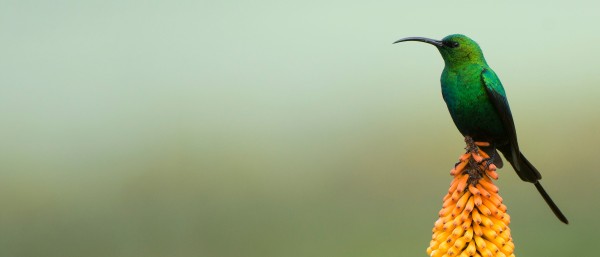
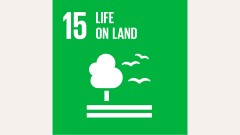

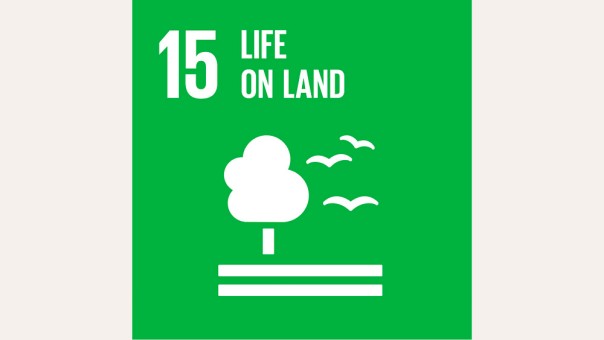

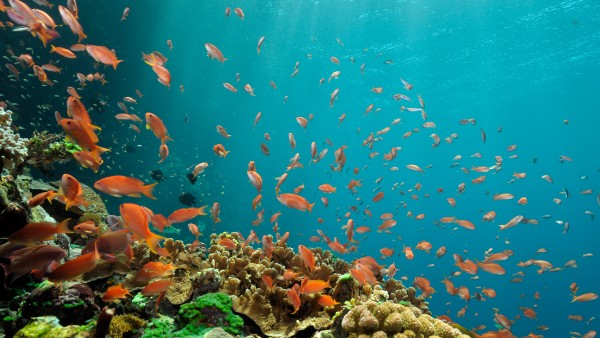
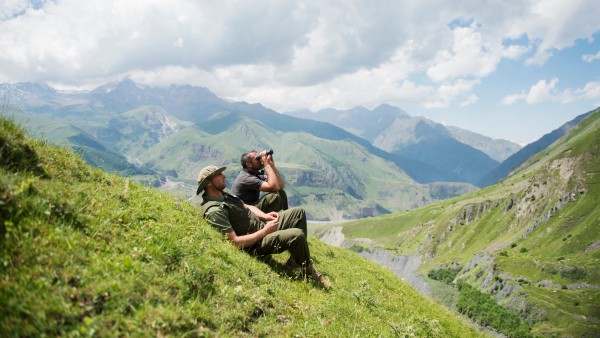
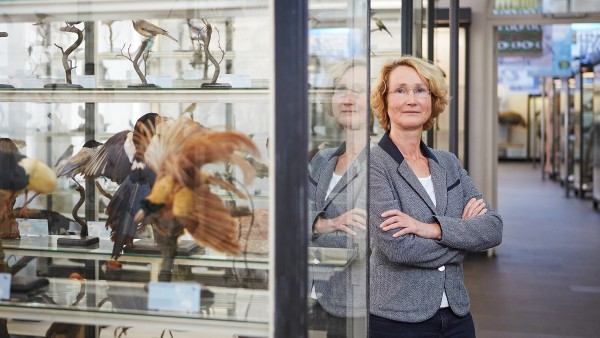
Data protection principles
If you click on one of the following icons, your data will be sent to the corresponding social network.
Privacy information